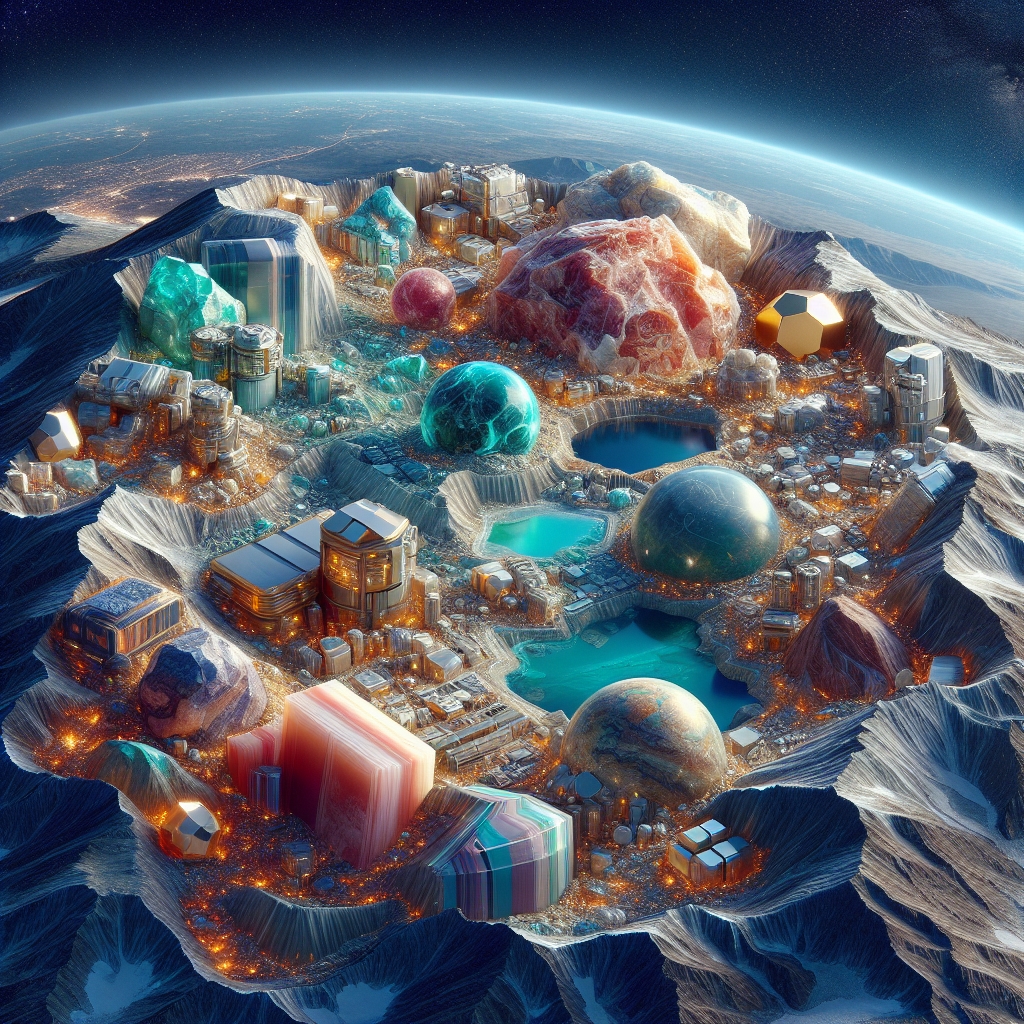Rare earth minerals are a group of 17 elements that are critical to the modern world’s technology, including smartphones, electric vehicles, wind turbines, and various defense applications. Despite their name, these minerals are relatively abundant in the Earth’s crust, but their economic extraction is challenging due to their dispersed nature and the environmental impacts associated with their mining and processing. This article explores the global reserves of rare earth minerals, highlighting the key countries involved and the geopolitical implications of these resources.
Global Distribution of Rare Earth Reserves
The distribution of rare earth mineral reserves is a topic of significant interest due to the strategic importance of these materials. China is the most notable player in the rare earth industry, holding the largest reserves and dominating the global supply chain for these minerals. According to the United States Geological Survey (USGS), China has approximately 37% of the world’s rare earth reserves. Other countries with significant reserves include Vietnam, Brazil, Russia, India, Australia, and the United States. Each of these countries contributes to the global availability of rare earth minerals, but their roles in the market are vastly different due to varying levels of production and processing capabilities.
Australia, for instance, has been increasing its stake in the global rare earth market, with the Mount Weld mine being one of the richest deposits outside of China. The United States, on the other hand, has the Mountain Pass mine in California, which once led the world in rare earth production before being overshadowed by China’s cheaper alternatives. Efforts are underway in both countries to ramp up production and reduce dependency on Chinese imports.
India and Brazil also hold significant reserves of rare earth minerals, with India focusing on the monazite sands along its southeastern coasts, which are rich in thorium and rare earth elements. Brazil’s Araxá mine is notable for its large deposits of niobium and rare earth elements, playing a crucial role in the country’s strategy to become a key player in the global market.
Geopolitical Implications and Future Trends
The strategic importance of rare earth minerals cannot be overstated, given their critical role in high-tech industries and defense applications. The concentration of rare earth production and processing in China has raised concerns among other nations about supply security, especially in times of geopolitical tensions. This has led to increased efforts to diversify the supply chain and invest in alternative sources of these minerals.
One of the future trends in the rare earth industry is the development of more sustainable and environmentally friendly extraction and processing techniques. The environmental impact of rare earth mining, including radiation exposure and the release of toxic chemicals, has prompted research into alternative methods such as bio-mining and recycling from electronic waste.
Another significant trend is the exploration of rare earth deposits in unconventional places. For example, Japan discovered vast deposits of rare earth minerals in its exclusive economic zone beneath the Pacific Ocean. These undersea resources could potentially reduce the global dependency on land-based reserves and alter the geopolitical landscape of rare earth minerals.
International cooperation and investment in research and development are crucial for securing the supply of rare earth minerals in the future. Countries are increasingly recognizing the importance of these resources and are taking steps to ensure their availability for the high-tech and defense industries. The development of a more diversified and sustainable rare earth industry will be essential for meeting the growing global demand for these critical materials.
In conclusion, rare earth minerals are vital to the technological advancements and defense capabilities of nations around the world. The distribution of these resources, along with the geopolitical implications of their supply, presents both challenges and opportunities for the global community. By investing in sustainable practices, exploring new sources, and fostering international cooperation, the world can ensure a stable and secure supply of rare earth minerals for future generations.

